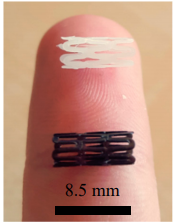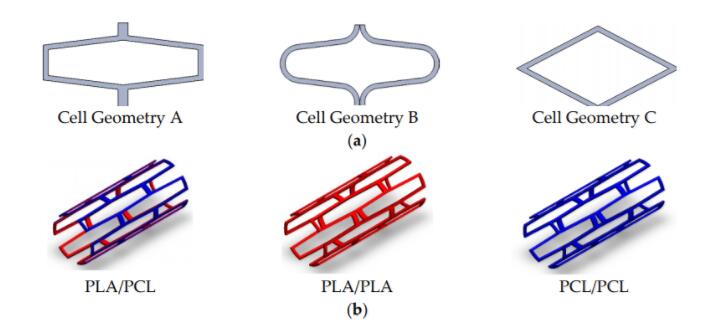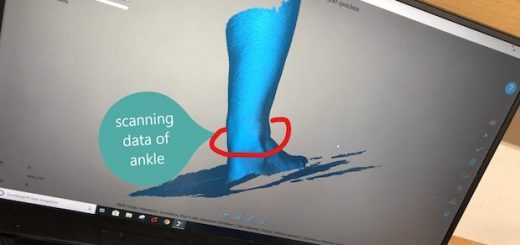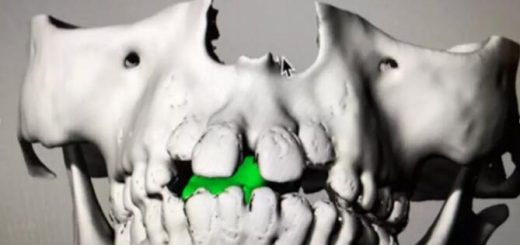3D Printed Polymer Composite Stents May Become a New Solution to Cardiovascular Problems
Biodegradable stents have shown great potential in reducing complications in patients, but they require further study, according to the authors of a paper entitled “3D-Printed PCL/PLA Composite Stents: Towards a New Solution to Cardiovascular Problems.” The researchers outline five main requirements that a biodegradable stent must meet:
- Their manufacturing process should be precise
- Degradation should have minimal toxicity
- The rate of degradation should match the recovery rate of vascular tissue
- They should induce rapid endothelialization to restore the functions of vascular tissue but should at the same time reduce the risk of restenosis
Their mechanical behavior should comply with medical requirements, particularly the flexibility required to facilitate placement but also sufficient radial rigidity to support the vessel.

Although the first three requirements have been thoroughly studied, according to the researchers, the last two have been overlooked. A possible way of addressing these issues would be to create composite stents using materials that have different mechanical, biological or medical properties, such as PLA or PCL. Fabricating stents with these materials using laser cutting, however – the traditional method of manufacturing stents – would not be possible. The researchers, therefore, decided to produce them using 3D printing.
They 3D printed the stents using a tubular 3D printer. The stents were then seeded with cells and left for three days, and then tests were performed to assess the morphological features, cell proliferation, cell adhesion, degradation rate and radial behavior.
“The results prove the materials’ biological compatibility and encourage us to believe that PCL/PLA composite stents would comply with the fourth requirement, i.e., rapid endothelization without risk of restenosis,” the researchers state. “PCL’s better cell proliferation may be useful to increase the proliferation of endothelial vessel cells in the external wall of the stents, while an internal PLA wall may help to reduce the proliferation of cells that produce restenosis. However, further studies with other kinds of cells or substances need to be performed to confirm this. The results here show low cell proliferation because of the small amount of material that the stents have. Additional studies that use longer culture times may be beneficial to obtain better proliferation results.”

The researchers’ initial hypothesis was confirmed: the smaller the cell area of the stent, the better the cell proliferation rate. The cell shape of the stent, however, did not show any significant influence. Because of their different molecular weights, PCL showed better cell proliferation than PLA. PLA showed a much faster degradation rate, which limits its use for biodegradable stents. Radial behavior results show that composite PLA/PCL stents could be used to improve each material’s separate limitations, with PCL offering elasticity in the expansion stem and PLA providing rigidity in the recoil step.
Overall, 3D printing proved itself to be a promising method for producing stents. Both PCL and PLA showed themselves to be biocompatible, and the composite stents showed the most promise, with medium levels of degradation rates and mechanical modulus.
“Based on the results presented here, we believe that polymer composite stents manufactured with 3D-printing processes could be a highly effective solution to the current problems that stents made of polymers have,” the researchers conclude. However, FDA rules currently limit the use of 3D-printed stents in real clinical applications and, although PCL and PLA are FDA-approved materials, there are still open challenges to be met before approval for 3D-printed implantable medical devices can be obtained.”
Authors of the paper include Antonio J. Guerra, Paula Cano, Marc Rabionet, Teresa Puig and Joaquim Ciurana.
Source:3D Print




Recent Comments